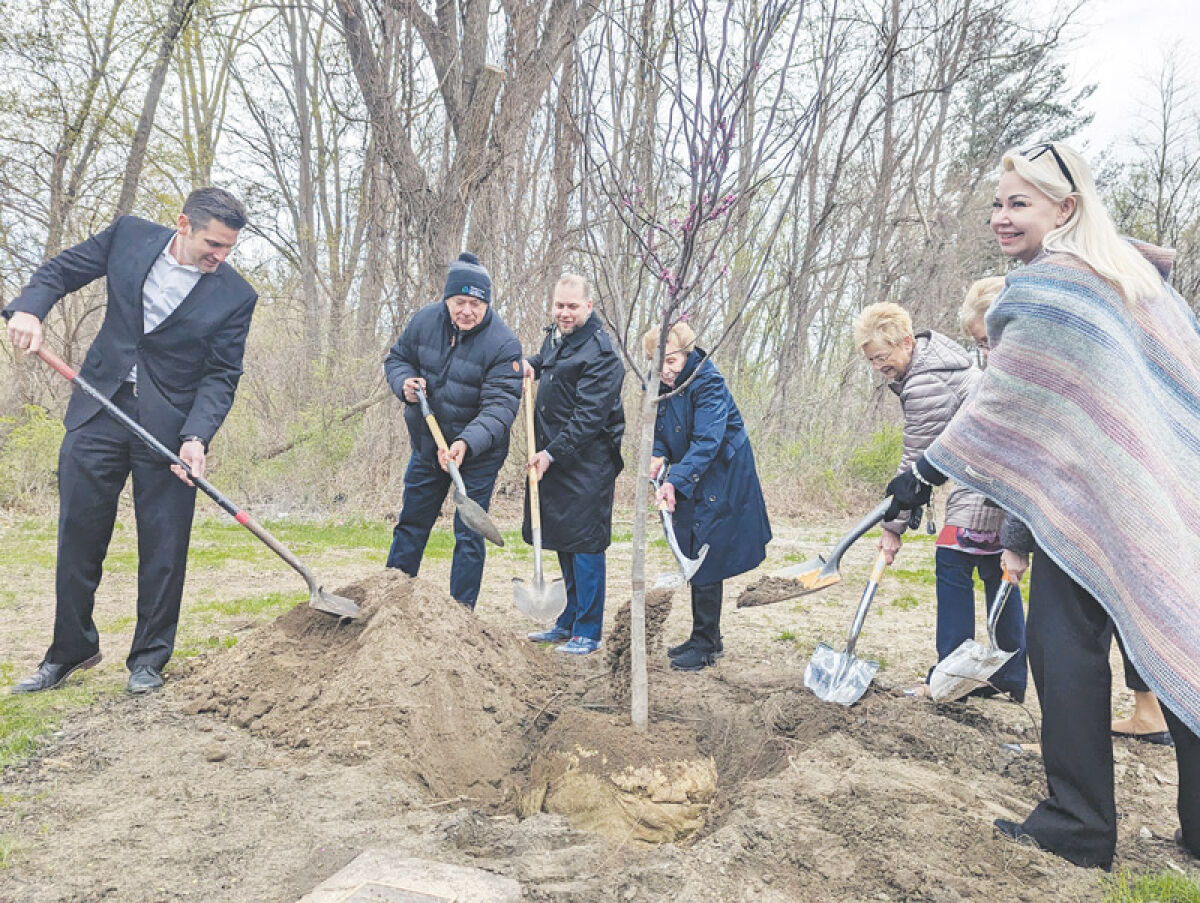STERLING HEIGHTS — During a Jan. 30 strategic planning session, Sterling Heights city officials were invited to “Think Sterling Green” in fresh new ways, including a plan to start reforesting the city’s tree canopy.
Assistant City Manager Jeff Bahorski said Sterling Heights’ urban tree coverage, or tree canopy, makes up only 19% of the city. To compare, the city of Detroit’s tree canopy is at 22.5%, and the state of Michigan recommends a tree canopy of 40%, officials said.
Bahorski said that while some people believe that trees are a nuisance due to needing to rake leaves, he said trees “are great for our community.” He pointed to an analysis by Ann Arbor that concluded that each tree it planted produced a $97 return on investment when taking aesthetics, air quality, energy savings, quality of life, and stormwater and water quality into account.
However, Bahorski warned that in order to reforest Sterling Heights, “It will not be easy. It will not be inexpensive.”
City Planner II Alexis Richards introduced a five-year goal of adding 15,000 new trees in Sterling Heights’ residential rights of way. Jennifer Varney, the city’s finance and budget director, explained that this program would cost a total of $7.5 million. The city has managed to raise around $1.8 million through grants and other funding sources, but that still leaves $5.7 million left, she added.
“In order to meet the five-year goal, we need a sustainable funding mechanism now,” she said.
Varney said that in order to raise $1.14 million annually over five years, it would require a five-year 0.2-mill tax increase, which she estimated would cost the average Sterling Heights household $18 per year. That temporary millage increase could be included in the fiscal year 2025 budget without needing to go to the voters, she explained.
Despite the $7.5 million cost, Varney said the program could bring an economic benefit of $29 million or an overall $21.5 million return on investment over 20 years, based on Ann Arbor’s formula.
When council members spoke in response, Councilwoman Deanna Koski and Councilman Henry Yanez praised having more trees, but suggested finding other ways to fund it than a tax increase.
“I say we have to squeeze every single penny out of the budget that we can … look under every rock for every grant possible before we even talk about raising taxes,” Yanez said. “I want to see a cost reduction before we make the decision to raise taxes.”
Mayor Michael Taylor said the current tree canopy is “one of our biggest weaknesses as a city.” Upon hearing that planting 15,000 trees would only increase the tree canopy from 19% to 20%, he said the current proposal should be larger in scope to address a 50-year or 100-year problem.
“Every bit helps, but come on, that’s not addressing the problem,” he said, later adding, “I think that we should get very serious about this and think about a long-term solution to the tree canopy problem.
“It’s going to take this council and the next council and the next council after that. When the seven of us are gone, and then the seven new people are gone, and then the seven new people are gone, we should still be thinking about trees.”
Learn more about Sterling Heights by visiting sterlingheights.gov or by calling (586) 446-2489.
 Publication select ▼
Publication select ▼





















